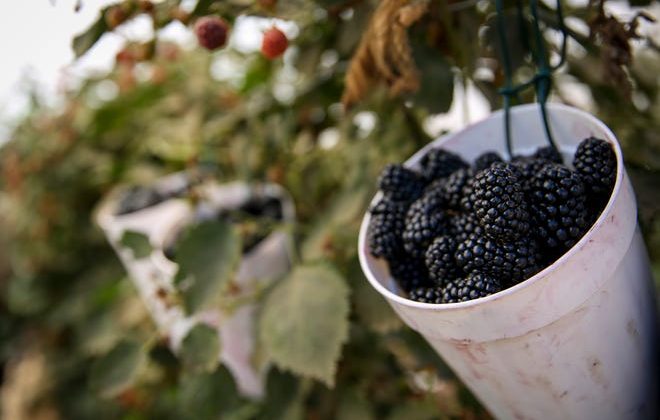
Arimateo Villegas’ workdays this week have started at 5 a.m., an hour before the sun rises.
Wearing a headlamp under a shade tunnel that covers blackberries, he selects the best berries and drops them into baskets hanging around his waist, then fills 6 oz. plastic containers that will soon line grocery store shelves.
This was his first week of work at Sandy Ridge Berry Farms near Brooks, where farmworkers began their days earlier than usual to avoid the worst of the 100-plus-degree temperatures expected amid this most recent heat wave.
After Sebastian Francisco Perez died at Ernst Nursery & Farms on a 104-degree day during June’s record-shattering heat wave, Oregon’s Occupational Safety and Health Division (OSHA) issued temporary rules to protect workers in extreme temperatures, a move worker safety advocates had called for long before that heat wave.







